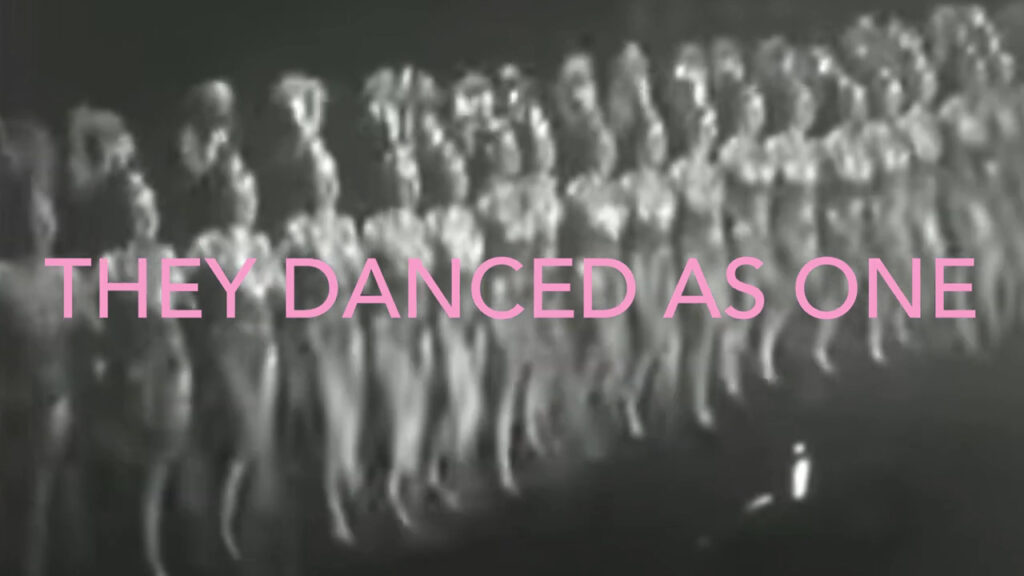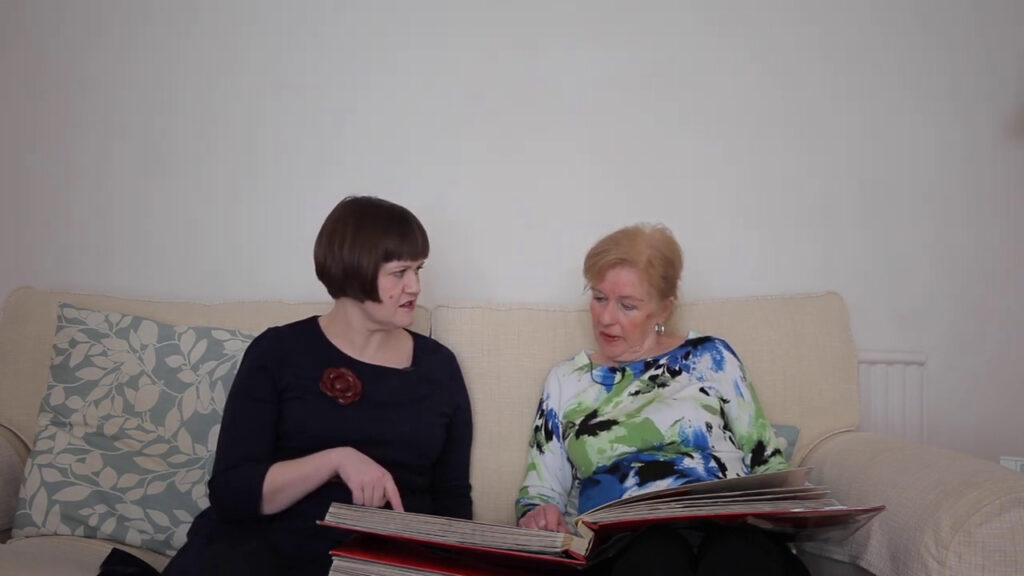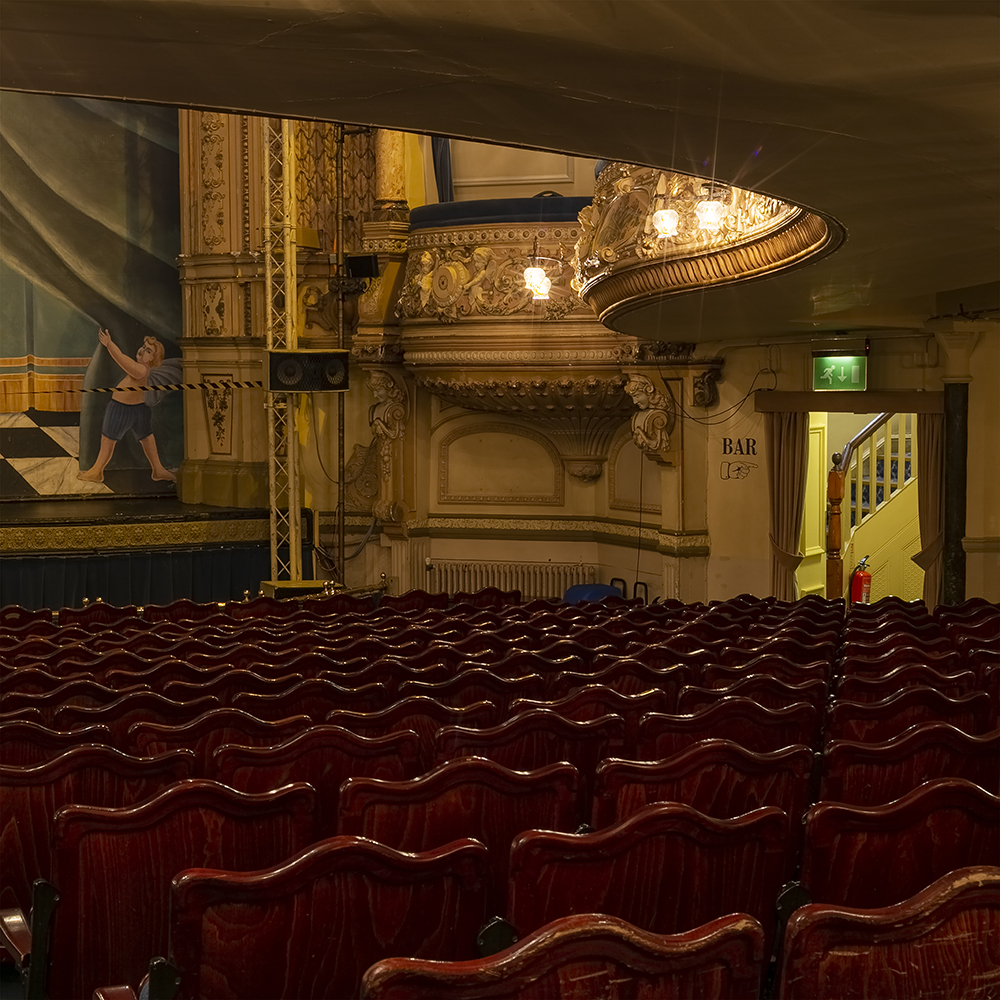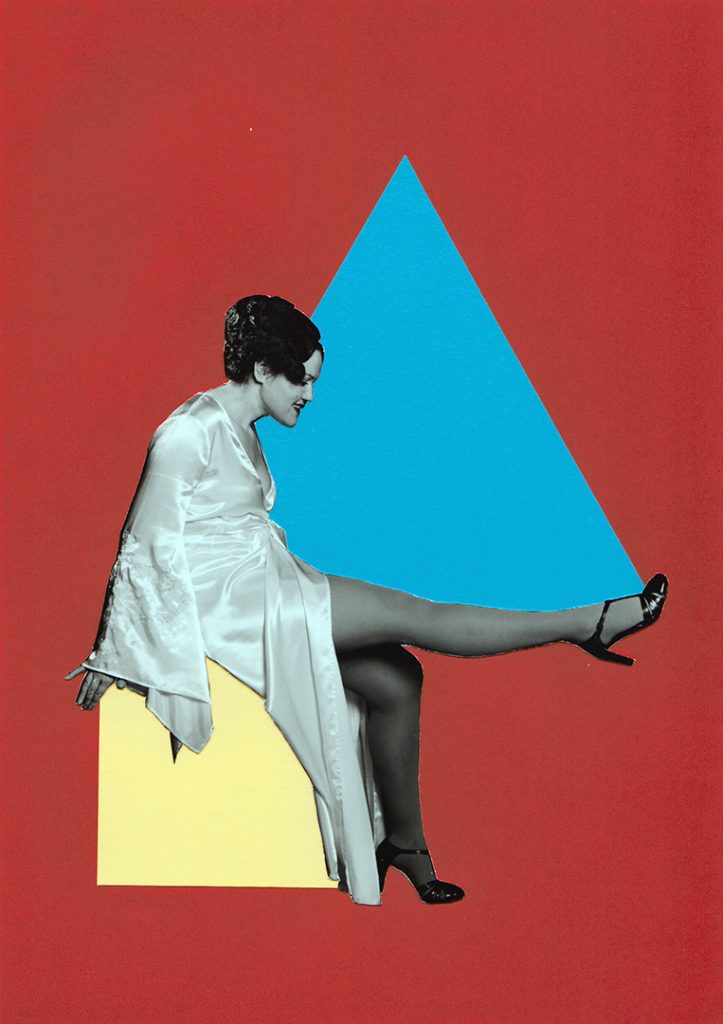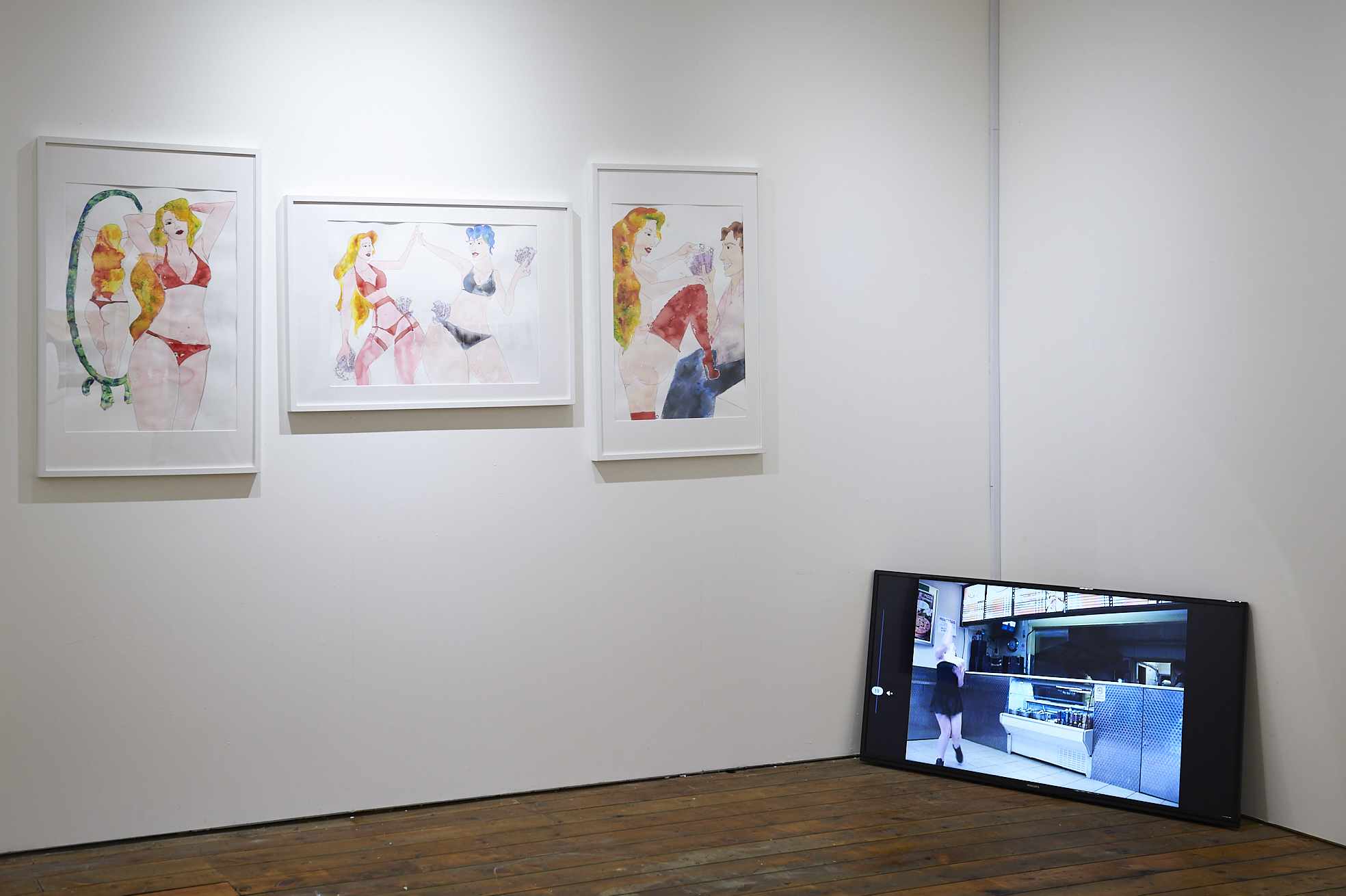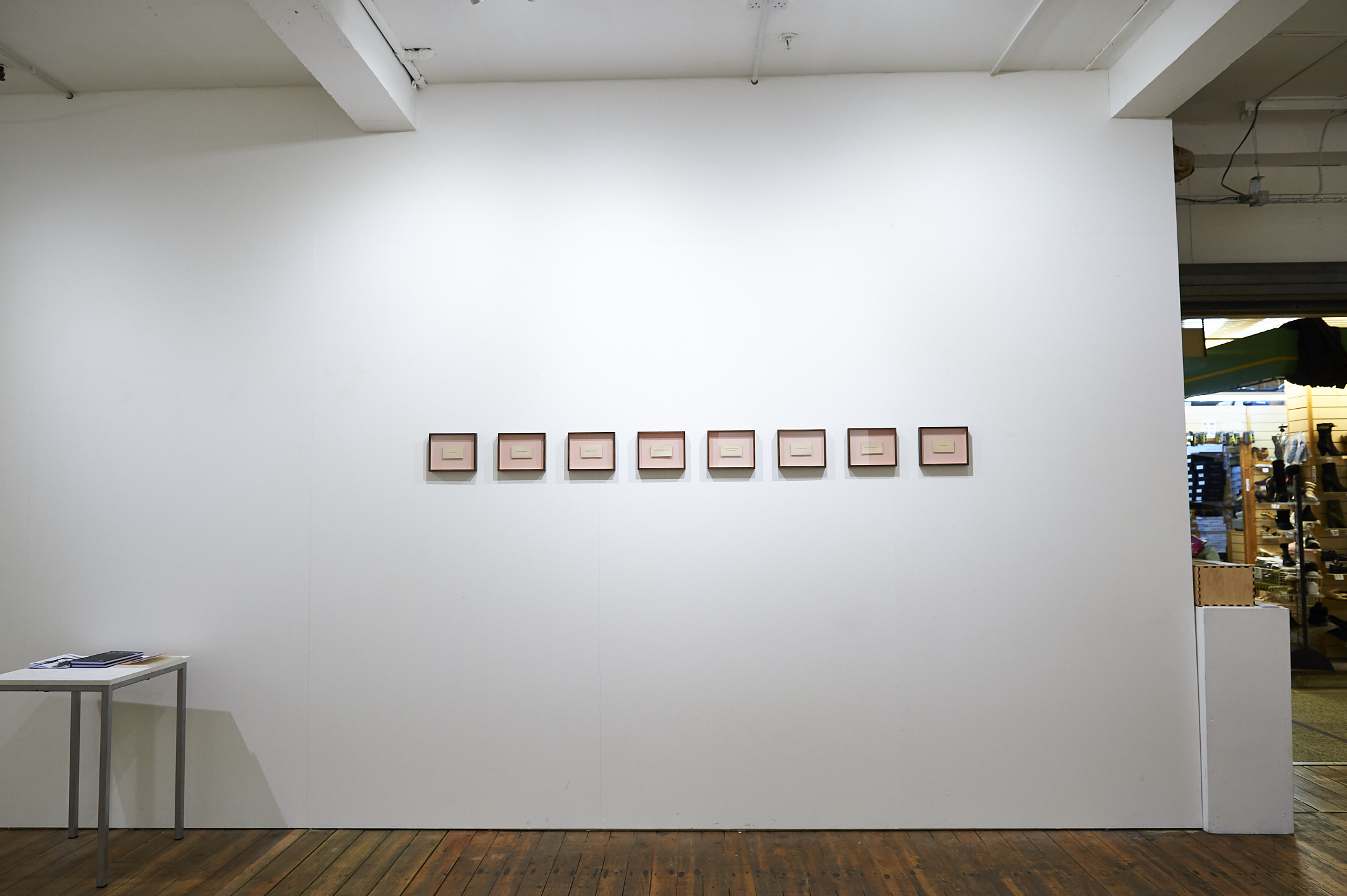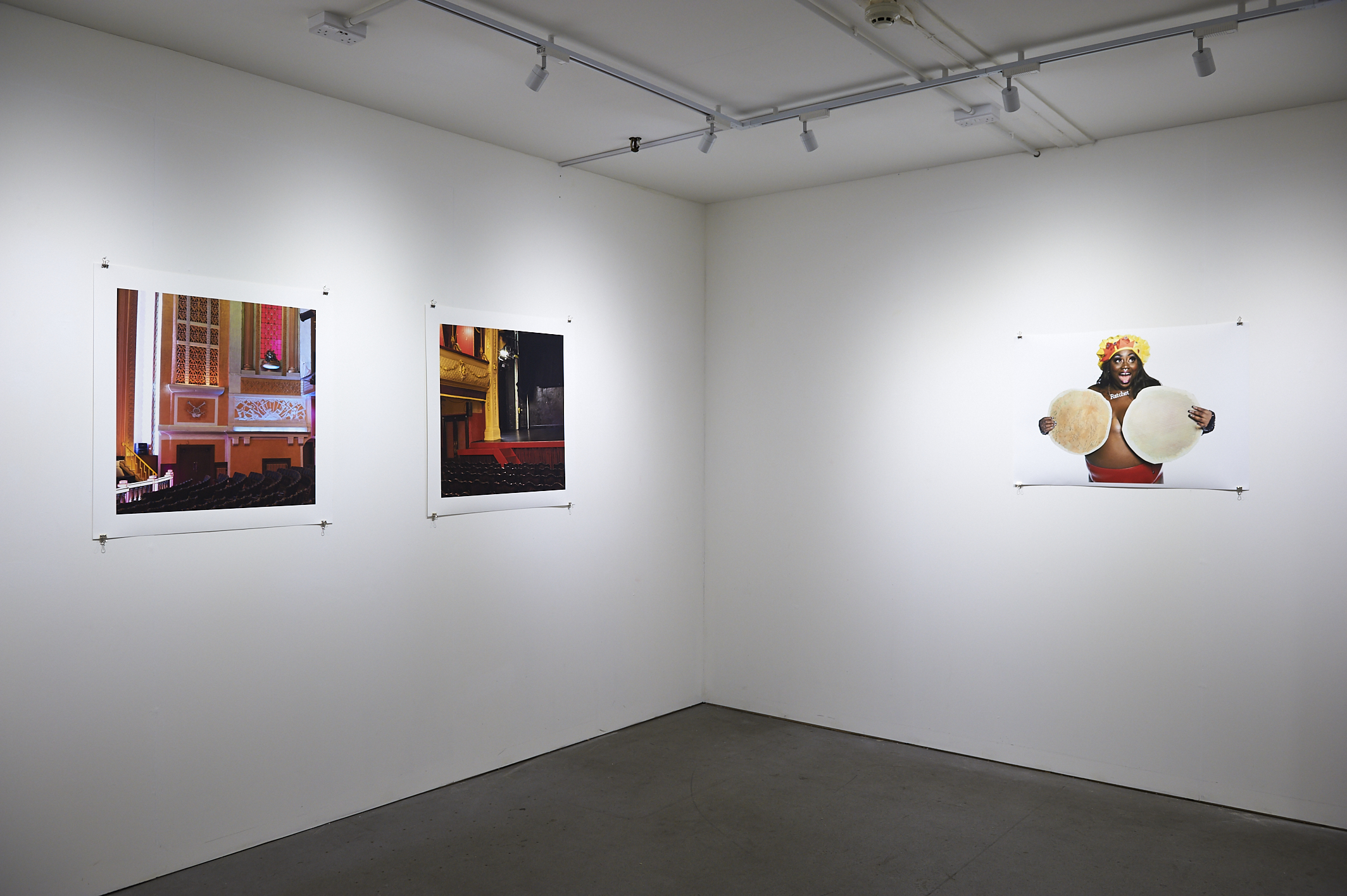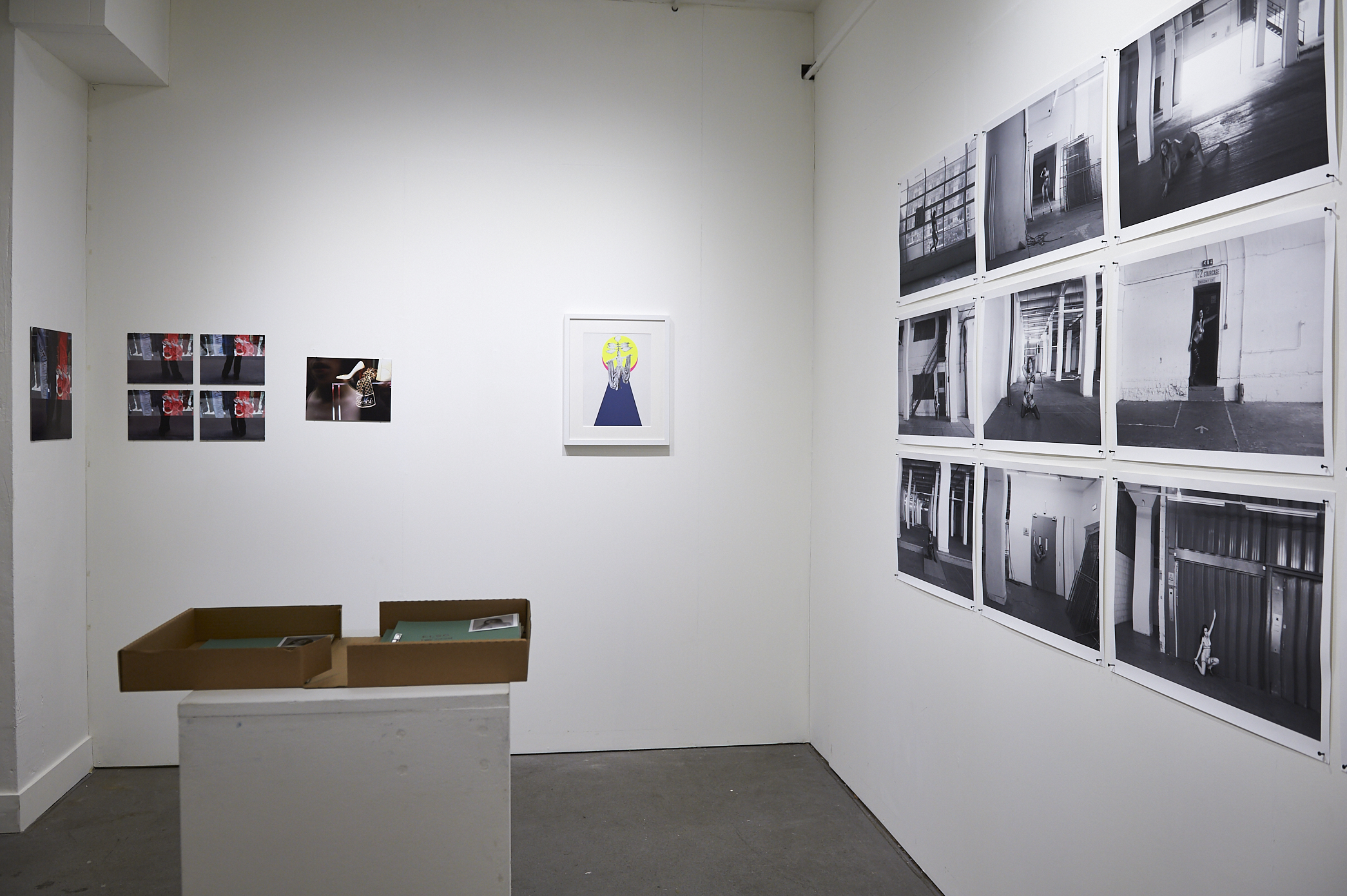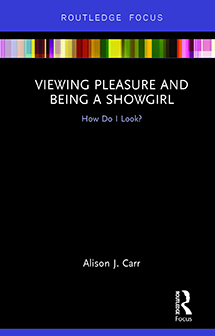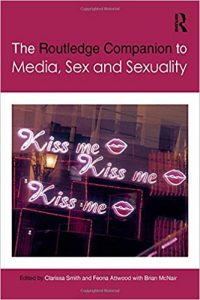Joy Development mentoring for artists, writers, creatives
Join me on my Joy Development Substack to see how I envision more creative joy for us all.
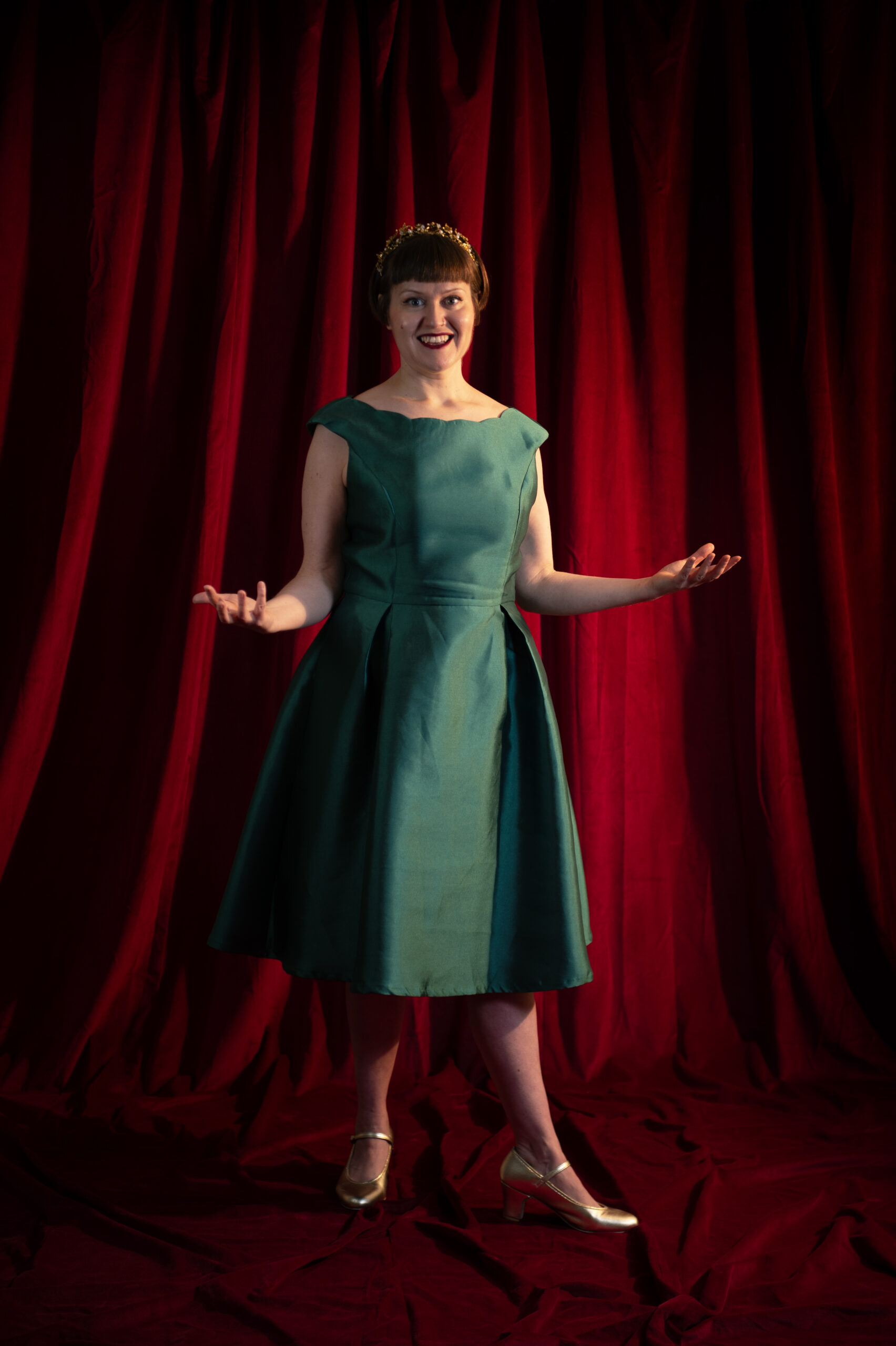
You’ve been doing what you do for some time, but you’re feeling some burnout or a little bit lost in terms of how to organise and strategise your practice. Or you are refocusing on your practice after time away. I can guide you through a period of personal or creative evolution, so that you can identify your own sustainable work solutions.
Maybe you’ve found career success, but instead of feeling confident and secure, found yourself fearful of how others see you? Do you see competitors rather than allies? Are you still fearful of other’s perceptions of you?
Have you begun a new journey as a creative after years in a job that didn’t feel like you? Do you feel being an artist is your true self, but years of living as a people-pleasing false self have taken their toll? It’s taking some time to evolve and you need structured support while you change.
Perhaps your work in activism means, that when you come back to your practice, you don’t see its value? Maybe your practice even feels frivolous, particularly in our current political and environmental climate? You find it difficult to see how your purpose fits the bigger picture.
Do you live in the chaos of all of your ideas? Before breakfast, you’ve solved all the world’s problems. By lunch, you don’t know which solution is your priority. By tea, the overwhelm has taken over… You’re lucky to be so creative, but you burn yourself out, how can you identify what matters most and see it through?
I can help.
By hearing your dreams and visions and identifying the excessive tangle of spaghetti strands stuck together that have become burdens and limitations, we will work together to pick out the individual strands that matter most to you. I will suggest practical strategies to nurture what matters to you and manifest your ideas in the brightest, boldest ways. You will feel empowered and in control of your creativity and practice. You will find the joy in your work.
Together we will refuse limiting beliefs and we will hold dear your tender visions together.
HOW I WORK
My philosophy respects you as a whole person. I do not judge your journey and our work will be confidential. I believe you already know what you want to do, want to create. I am here to help you find your own motivations, and refuse your limitations. I am here to guide you into new ways of working so that you can manifest your inspiration exactly as you envision it. When you deeply understand how to overcome your blocks, you can then unlock the boundless possibilities for your own practice.
MY STORY SO FAR
For more than a decade I worked as a university lecturer and before then as an artist-practitioner in community, museum, and school settings. I have observed time and again that artists and visionaries need to feel they have permission to do what they do—and when they cultivate this for themselves, the magic happens.
I am also a practising artist myself, and while I draw on this to give professional advice, the tools I have developed to nourish my creativity and resilience come from the experience of overwork and overwhelm that led to a migraine that lasted nearly 10 months and chronic headache problems for the next five years.
Everything in my life seemed to feed the pain—my ambition, all the toxic feelings around work I was carrying, the numerous ways I was limiting myself through my own mindset. It was a negative spiral. I felt professionally invisible and this compounded the physical pain, which made me less visible.
This was a catalyst moment and since then I have spent time developing methods to handle stress and the precarity of my work life. I developed boundaries and eliminated any people-pleasing. I have learned to say what I need in order to feel safe, secure, and able to flourish. I concentrated on giving myself permission to feel joy and I rejected the cliched narratives of a frustrated artist. It opened up space for my own joy and pleasure in my practice, to reframe what a practice might look like.
I draw on these experiences to empower others to feel more confident in the work they do and have a range of practical tools to draw on when they wobble.
In 2023 I took Ceri Hand’s Mastering Mentoring course, and this has enabled me to turn my gifts into a business idea.
WHAT I CAN OFFER YOU
I want you to feel more joyful and empowered, to refuse the self-punishment and ‘work-harder’ narratives. I will share with you how to cultivate more confidence, integrity, and resilience to handle whatever your career might throw at you and to enjoy the journey.
We can work in an expanded way, negotiating what would work for you. From in-person meetings (Sheffield only), video calls, WhatsApp voice notes or email check-ins so that you can feel supported as you rebuild your vision. I charge £80 per hour for meetings and if an expanded package including emails and voice notes would suit you we can work out a bespoke package for you.
One way for us to start working together is on my package for writing artist statements. I have a gift for listening to artists and catching what matters, hearing what an artist is saying, that they don’t hear themselves. I’ll make notes, we’ll edit together, we repeat the process with ample space for reflection. Over 3 x 30mins sessions online I believe we can come up with something you love. The total cost these 3 sessions is £150.
How shall we begin? Complete this registration form so I can get to know you. I encourage you to get to know me through my mentoring-related Instagram account here, Artistic Mystic and subscribe to my Substack, Joy Development. You are welcome to have a free no-strings informal chat book with me. For our informal chat, and all other appointments, please book-in below.
MENU



